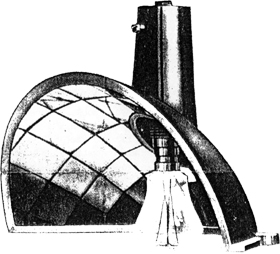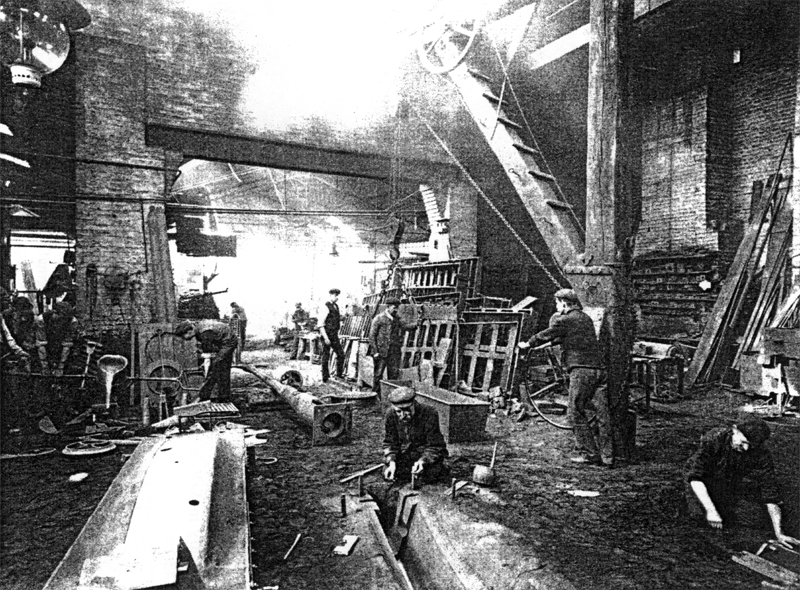 |
esla | the bigglestons of canterbury

 About 1908 Herbert Biggleston was approached by his old school friend
Haydn Harrison who was working on the perfection of his reflectors for electric lamps to increase the candle power
when they were used for street or flood lighting. He could not get the fittings he needed so H.M. Biggleston & Sons
began to specialise in making these for him and soon they were being sent all over the country. Later Haydn Harrison
founded the Electric Street Lighting Apparatus Company - ESLA. One of the largest projects undertaken by
it was the conversion in Marylebone, London, of their four thousand gas street lights to electric ones which included the making of a like
number of the Harrison Patent ironclad double-pole switches with removable fuses. This created a great deal of work for
the firm and great interest in London. Following this lanterns were supplied to Croydon; electric fittings to Kingston-on-Thames and
Chester. Street lighting was carried out in Southampton, Wolverhampton, Swansea, Bedford, The Isle Of Wight etc. Of particular note
the firm made the special Harrison lantern for the Festival Of Empire at Crystal Palace.
H.M. Biggleston & Sons continued to trade in the ESLA Company when they absorbed
Mr. Harrison's business in order that he might continue his work as a consulting engineer. He was still considered to be
the authority on street lighting. How wide and important this became was emphasized by Mr. Leggett speaking at
the Centenary Dinner on January 18th 1936 when he said tha work on street lighting equipment had gone on continously since
1908; that their equipment was known in all five continents and concerning the Bi-Multi reflectors ... "within
a twelve-mile radius of Charing Cross there were enough of the firm's appliances to light a road from Canterbury to New York,
and another to John O' Groats." About 1908 Herbert Biggleston was approached by his old school friend
Haydn Harrison who was working on the perfection of his reflectors for electric lamps to increase the candle power
when they were used for street or flood lighting. He could not get the fittings he needed so H.M. Biggleston & Sons
began to specialise in making these for him and soon they were being sent all over the country. Later Haydn Harrison
founded the Electric Street Lighting Apparatus Company - ESLA. One of the largest projects undertaken by
it was the conversion in Marylebone, London, of their four thousand gas street lights to electric ones which included the making of a like
number of the Harrison Patent ironclad double-pole switches with removable fuses. This created a great deal of work for
the firm and great interest in London. Following this lanterns were supplied to Croydon; electric fittings to Kingston-on-Thames and
Chester. Street lighting was carried out in Southampton, Wolverhampton, Swansea, Bedford, The Isle Of Wight etc. Of particular note
the firm made the special Harrison lantern for the Festival Of Empire at Crystal Palace.
H.M. Biggleston & Sons continued to trade in the ESLA Company when they absorbed
Mr. Harrison's business in order that he might continue his work as a consulting engineer. He was still considered to be
the authority on street lighting. How wide and important this became was emphasized by Mr. Leggett speaking at
the Centenary Dinner on January 18th 1936 when he said tha work on street lighting equipment had gone on continously since
1908; that their equipment was known in all five continents and concerning the Bi-Multi reflectors ... "within
a twelve-mile radius of Charing Cross there were enough of the firm's appliances to light a road from Canterbury to New York,
and another to John O' Groats."
[This illustration of a Bi-Multi One Way reflector] shows by one small example of ESLA's range of
products which were produced by Biggleston's. The ornamental work was made in the forge, a great deal of it
by George Adkins a highly skilled blacksmith. The reflectors of the lamps were formed by sticking the small pieces of
glass on the curved insides of the shades and this work was done by George Drew. John Wickenden told
us that the tubes to carry the wiring were gas piping. Many of these gracious types of lamp posts can still be seen in Canterbury.
...
Geoffrey Biggleston told us about this time [1917] "Commander Haydn Harrison (who was my
godfather) was at school with my uncle and they were great mates. He had an inventive frame of mind and he invented one of the
original Naval signalling lamps, a pre-runner of the Aldis lamp; it has a lot of slots and you open the slats to make the
flash light. This was followed by a seach light apparatus, also designed by him, but made by the firm and the first one was tested
at our Electric Light Works. The beam in the sky was seen from Manston, and an aeroplane was sent to investigate!"

The foundry just before the First World War. Note the cast column lying on the floor in the background.
All text taken from The Bigglestons Of Canterbury.
|



